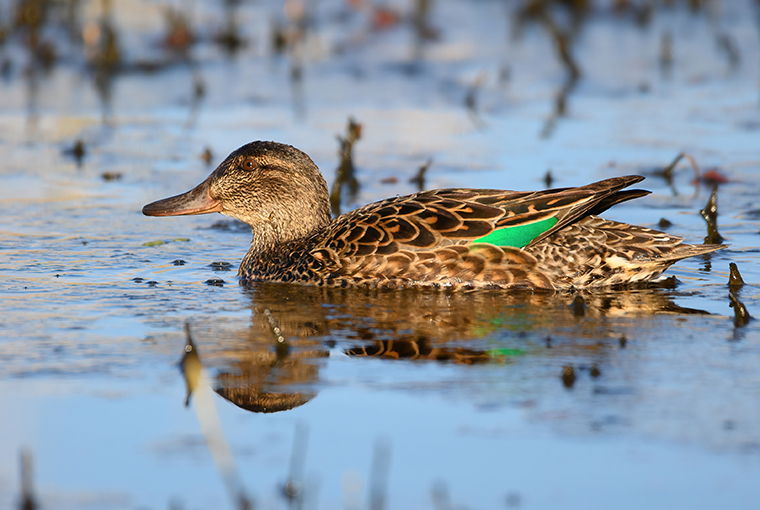
We have much to be proud of across this continent and beyond when it comes to waterfowl management.
The North American Waterfowl Management Plan (NAWMP), or the “plan,” is an international partnership to conserve waterfowl and wetlands, through decisions based on biological foundations. In 1986, the Canadian and US governments signed this international agreement. Mexico became a signatory to the plan in 1994. It was born of a need to find ways to conserve vast, widely dispersed migratory waterfowl across the continent. Resources required to maintain vital habitats on private land were in short supply as waterfowl managers struggled with agriculture and other land uses that eroded the essential base for prairie nesting ducks and other wetland species.
The late Dr. James (Jim) Patterson developed a conceptual approach to integrating land use policies with duck production initiatives. Jim’s vision for conservation on private farmland (see diagram, below) was widely circulated and adopted by the waterfowl conservation community. The graph shows how “direct” conservation programs, like paying landowners not to cultivate or drain the small ponds used by breeding ducks would decrease over time as environmentally-friendly agricultural policy was adopted.
This “indirect” or policy approach would produce ducks for hunters, while sustaining a healthier environment for agriculture and rural communities.
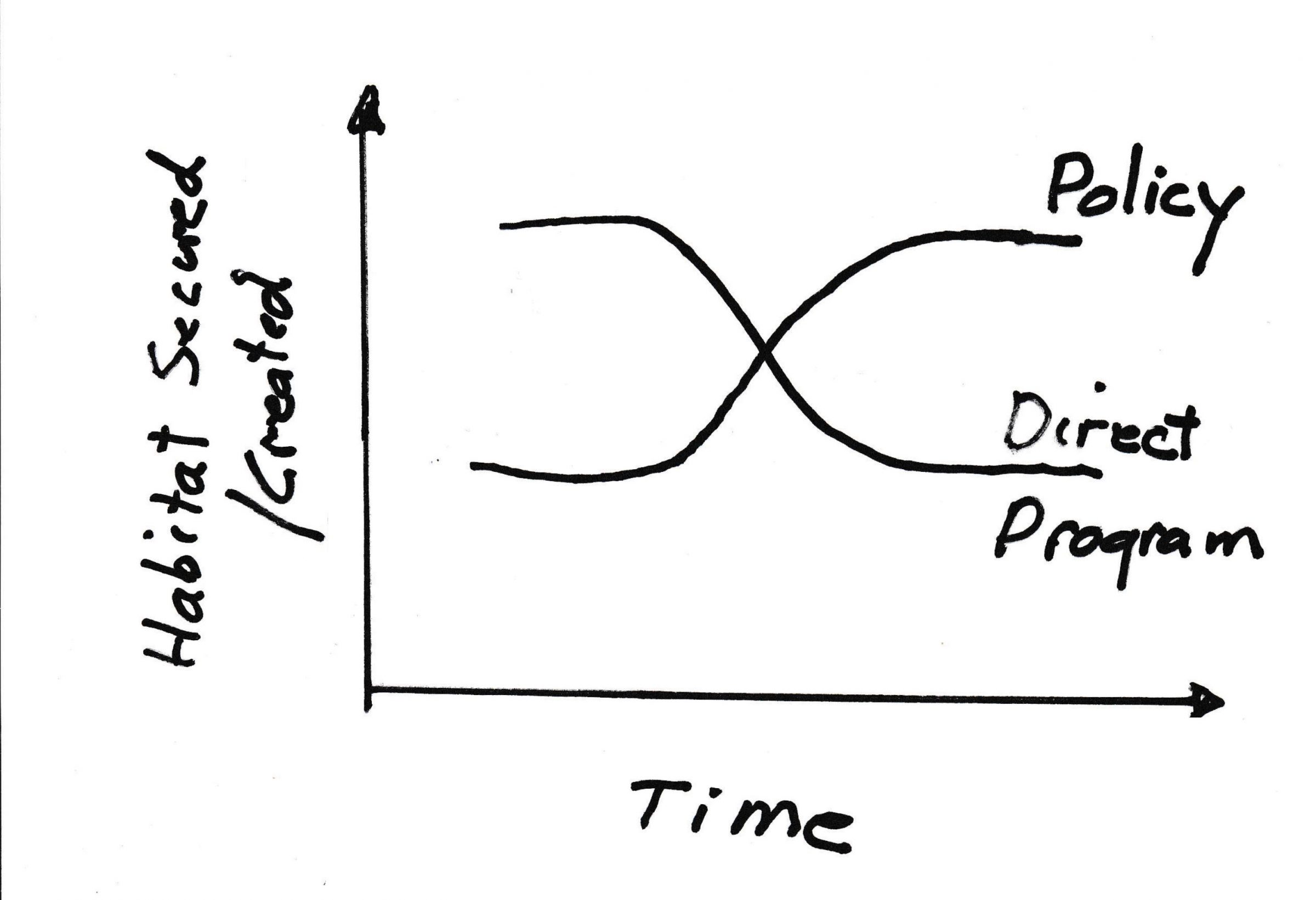
The waterfowl approach
In 1980, when I arrived at the Prairie Migratory Bird Research Centre in Saskatoon to start a new career with the Canadian Wildlife Service, Patterson briefed me on his plan and asked me to become part of it at the CWS headquarters in Ottawa.
Large and diverse reflected the scope of the plan’s approach, targeted at more than 40 species of ducks, geese, and swans. Plan proponents recognized the challenge of finding conservation solutions for widely-dispersed breeding ducks.
A steering committee comprised of representatives from waterfowl management agencies in the US and Canada was established to oversee the development and implementation of the plan. The committee confirmed prairie nesting ducks as a top priority, while I coordinated the compiling of technical information required to articulate science needs from provinces and CWS regions. The result was the formation of the “Prairie Habitat Joint Venture” in Canada, and a similar “Eastern Habitat Joint Venture,” from Ontario eastward.
Success in restoring prairie ducks would precipitate additional habitat requirements. Overwintering birds were often compressed into diminishing (and much smaller) habitats. Several joint ventures were eventually formed to address migration and wintering habitat needs.
The most fundamental question facing the plan committee when it came to financing was whether to ask administrators and potential donors for the actual money required, or to scale back the request to an amount they felt they could get. The unanimous decision was for targeting the actual funding required. In 1986, this called for $1.5 billion to habitat conservation. An amount that would be eclipsed by far larger habitat expenditures over the first 15 years of implementation.
Early gains
The plan gained early momentum, with many new habitat joint ventures but also species ventures coming online. I worked with Jerry Serie (US Fish and Wildlife Service) on the Black Duck Joint Venture, the only species joint venture in the original plan.
Plan implementation, in one word, is all about partnerships. Partners are able to use money they bring to the table to lever additional funding for duck production and conservation. Wetland Councils were established in Canada and the US to deliver this financing role. Partnership incentives remain vital to habitat initiatives, which have become a foremost conservation fundraising practice.
As national NAWMP coordinator, I held the pen for the Canadian portion of the steering committee, taking minutes and providing advice, while attending every meeting. I was responsible for ensuring the voices of the provinces and territories were heard, and the best possible science applied to inform the steering committee.
Working together
I worked closely with my US counterpart, the late Mr. Jack Grieb, former director of the Colorado Game and Fish Department. We sometimes met between committee sessions to address sticky issues in the complex undertaking. As the plan gained momentum, a NAWMP Continental Evaluation Team was struck to assess progress. I served as a volunteer on this team until 1996.
Many organizations rallied to make NAWMP the world’s leading conservation initiative. Foremost among these, is Ducks Unlimited in Canada, the US, and eventually Mexico, without which, it is doubtful Jim Patterson’s dream would have been delivered. But other organizations like Delta Waterfowl Foundation and the many grassroots, provincial and territorial fish and wildlife groups, like the Ontario Federation of Anglers and Hunters, contributed to building the plan’s legacy.
In a major recent study of bird populations by the Cornell ornithology lab, North American birds have declined by 2.9 billion since 1970. All major species, except waterfowl, raptors and wild turkeys, have declined.
Authors of the report suggest that the 50% increase in waterfowl, and the 200% increase in wild turkeys in the last 50 years is due to the conservation efforts of hunters, among others.
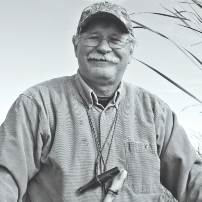
Dr. Bob Bailey began his career as a waterfowl biologist with the Canadian Wildlife Service before becoming an advocate for conservation and the future of hunting, fishing, and trapping. Bob has written for OOD for over 30 years. Reach Bob at: [email protected]
Originally published in Ontario OUT of DOORS’ 2022-2023 Hunting Annual.


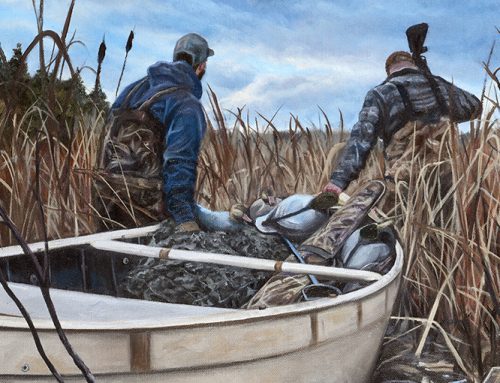
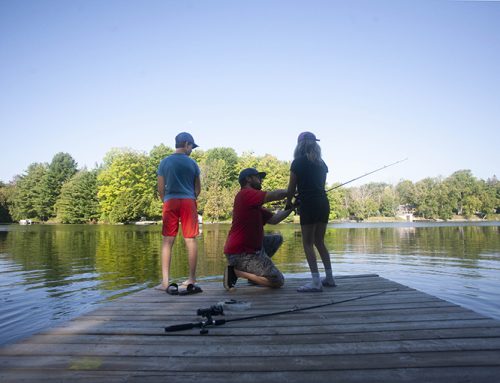
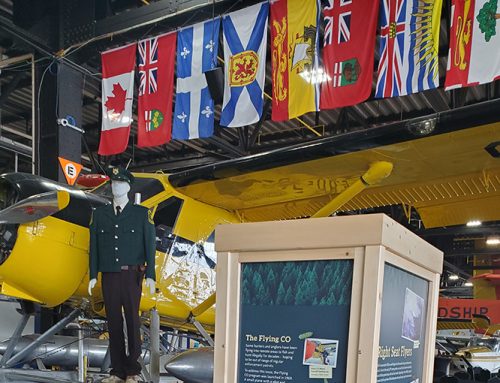
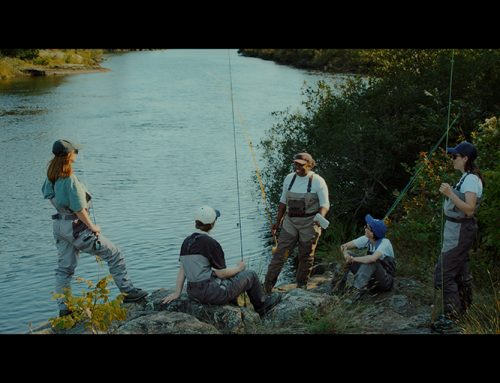
Leave A Comment